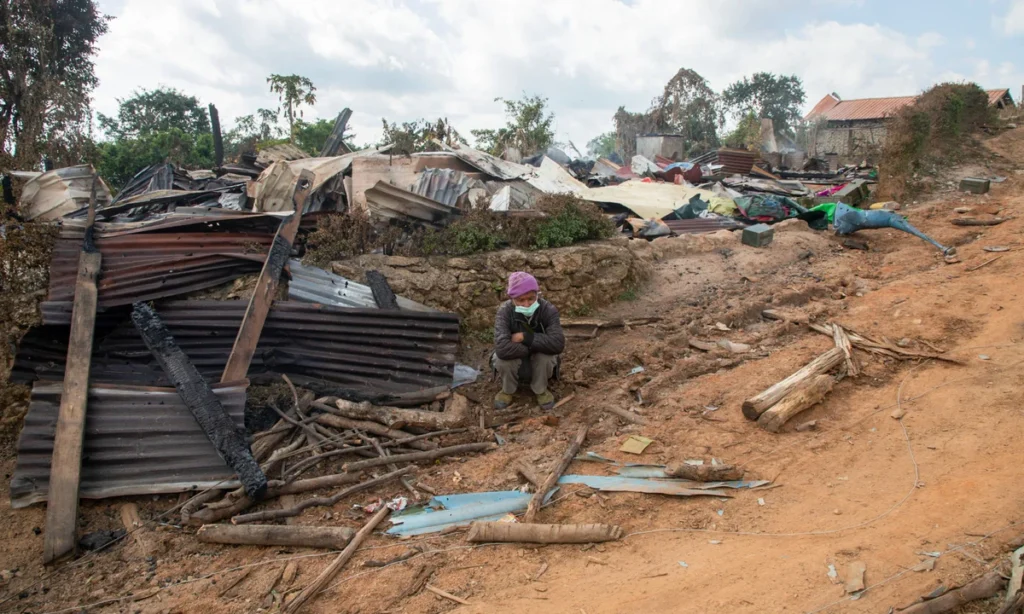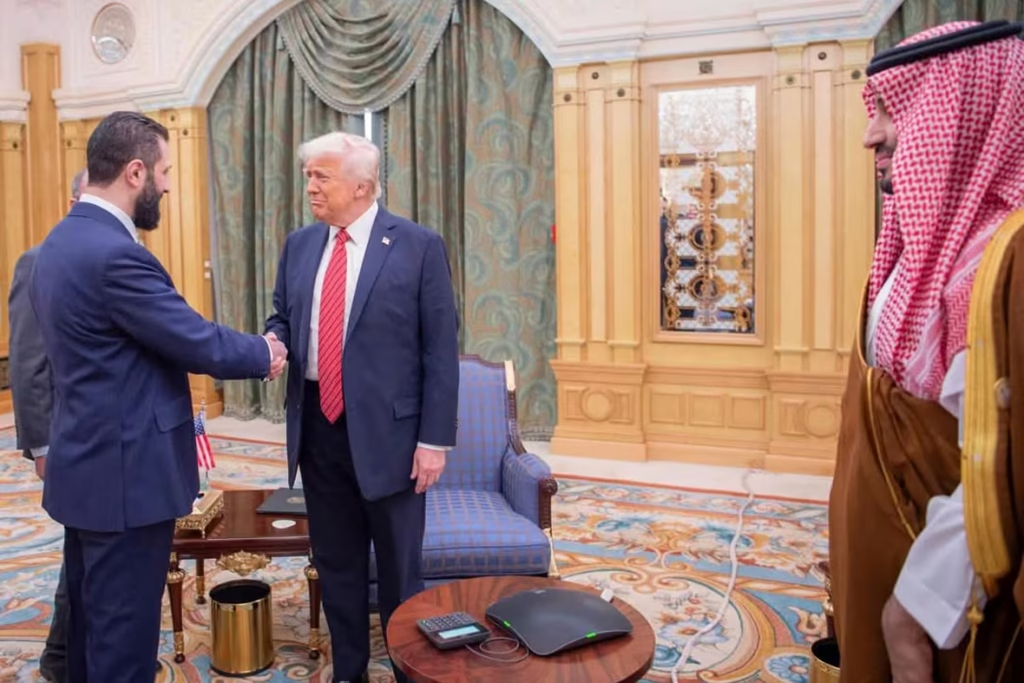Myanmar’s junta is recapturing pockets of territory primarily through sustained airstrikes, drone warfare, and supply‑line control capabilities increasingly underwritten by Chinese financing, arms transfers, and diplomatic shielding. The battlefield momentum is uneven, but air dominance and external lifelines have shifted the tactical map in the junta’s favor in several contested regions.
Airpower is the center of gravity
The military’s decisive edge is in the skies: fighter‑bombers, attack helicopters, and an expanding drone fleet have enabled the junta to bypass ground attrition, pulverize fortified positions, and disrupt resistance logistics. Fixed‑wing strikes soften targets, rotary assets interdict retreat routes, and loitering munitions and armed UAVs prosecute mobile columns, hospitals, and depots that once enjoyed sanctuary. In practice, this aerial tempo compensates for thinning infantry quality and morale, turning contested towns into defensible gains once opposition is forced to withdraw.
Drones change the urban and border fights
Small quadcopters and larger armed drones now shape block‑to‑block combat and border chokepoints. Precision drops and anti‑personnel strikes push resistance fighters out of cover while enabling rapid “clear‑hold” cycles the army struggled to maintain in 2023–2024. Along key corridors especially near Thai and Chinese frontiers UAV surveillance improves targeting for artillery and air, making resupply riskier and lengthening opposition turnaround times after each offensive.
China’s multi‑channel support
- Financing and political cover: Beijing has paired aid packages and project financing with sustained engagement of junta leaders, signaling regime durability and reducing the pain of Western sanctions. Diplomatic shielding at multilateral venues blunts calls for an arms embargo and eases procurement via state firms and intermediaries.
- Arms and technology: Chinese‑origin drones, components, and munitions have appeared across multiple fronts, while industrial inputs and dual‑use parts help keep the junta’s defense production lines alive. This matters most for aerial bombs and drone payloads, which drive civilian displacement and erode resistance governance.
- Border leverage: By pressing certain border militias, tightening crossings, and policing cyber‑scam hubs, China has periodically throttled the cash and materiel lifelines that opposition groups depend on. Even temporary clamps force costly reroutes and degrade campaign tempo.
Foreign aid dynamics and the battlefield
International humanitarian funding shortfalls have compounded civilian vulnerability just as the air campaign escalates. Cuts and delivery constraints mean fewer medical supplies, patchier nutrition programs, and thinner shelter support raising the human and political costs for communities under bombardment. Cross‑border aid channels remain vital, but bureaucratic and security bottlenecks keep coverage uneven, especially in Sagaing, Magway, northern Shan, and parts of Rakhine.
Why the junta’s method works despite manpower strains
- Air‑first doctrine: Precision from the air collapses strongpoints without committing scarce elite infantry, minimizing attrition and conserving experienced units for urban clearing.
- Logistics denial: Repeated strikes on bridges, ferries, clinics, and food warehouses raise the opposition’s operating costs and shrink territorial depth.
- Political signaling: Visible air victories and staged “restoration” ceremonies encourage fence‑sitters to hedge toward the regime, especially where aid and trade depend on reopened roads.
Where resistance still bites
Ethnic armed organizations (EAOs) with deep terrain knowledge and cross‑border depth can absorb air losses and regenerate faster, especially when they possess anti‑aircraft machine guns, MANPADS, or robust early‑warning networks. Urban saboteur cells continue to impose costs through IEDs and targeted attacks, complicating the junta’s hold phase. In mountainous or forested belts, dispersion and mobility blunt some of airpower’s lethality, slowing the clock on recon quest.
Humanitarian and legal red lines
Airstrikes on medical facilities, schools, markets, and IDP camps have escalated displacement and raised grave concerns under international humanitarian law. The cumulative effect forced migration, disease outbreaks, and lost schooling weakens civil society capacity in opposition‑held areas and accelerates depopulation of contested zones. Without stronger protections, each tactical advance deepens a strategic humanitarian crisis.
What to watch next
- Air logistics: Jet fuel flows, spare‑parts pathways, and the tempo of munitions production will indicate whether the current strike rate is sustainable.
- Drone proliferation: Evidence of heavier‑lift UAVs, improved targeting pods, and EW countermeasures would signal another step‑change in lethality.
- Border politics: Shifts in Chinese and Thai posture either tightening or loosening cross‑border arteries can quickly reprice the opposition’s campaign capacity.
- “Election” choreography: Any census‑linked projects, political party pressures, or staged polls could signal a push to convert battlefield control into formal legitimacy.
Policy ideas that matter
- Expand and protect humanitarian corridors especially medical and nutrition pipelines to offset the air campaign’s civilian toll.
- Strengthen border‑screened, rights‑compliant export and aid channels that reduce diversion while reaching high‑risk communities.
- Tighten controls on dual‑use components and finance that feed aerial munitions and drone assembly lines, paired with credible monitoring.
Bottom line
Airpower amplified by Chinese financing, arms inputs, and diplomatic cover is allowing Myanmar’s junta to reclaim ground faster than its ground forces alone could manage. Unless humanitarian access widens and external support for aerial capabilities is curtailed, the regime’s air‑first approach will keep converting destruction into territorial gains even as the human costs mount.


